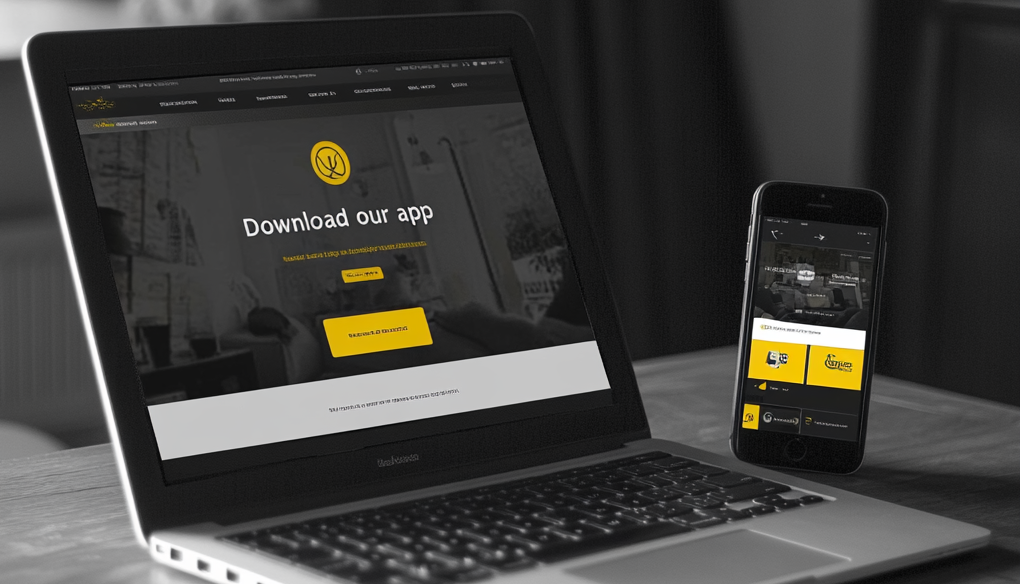In the evolving landscape of digital privacy, the phase-out of third-party cookies by major browsers marks a pivotal shift, and marketers face significant challenges in targeting and measuring their efforts. This article explores how you, as a marketer, act in a cookieless world.
By: Lisen Malmsten on April 11, 2024 | Reading time: 8 minutes
Prepare for a bumpy road ahead as we’re now a couple of months into the final stretch of third-party cookies being phased out of the Google Chrome web browser.
The Chrome third-party cookie phase-out (aka cookie deprecation) started on January 4th, 2024, with 1% of Chrome users (approx 30 million people) with the goal to remove all third-party cookies in the second half of 2024. The remaining timeline for Chrome’s cookie deprecation looks like this:

Image source: https://privacysandbox.com/open-web/#the-privacy-sandbox-timeline
While it sounds like the whole Internet universe now will be out of third-party cookies it’s important to highlight that half of the Internet has already been cookieless for several years. Apple’s Safari browser has been blocking cookies since 2020 and Firefox started in 2019.
We’ve been waiting for Google Chrome to follow for a long time, and hopefully you’ve been using that time to prepare and taking actions on strategy around targeting and measurement in a new digital landscape without our beloved third-party cookies. Or are you just getting started?
Either way, this guide is for you to get up to speed with the possibilities available right now.
Short history recap and explainer of cookies
In the early 1990s, the people behind one of the first web browsers, Netscape, invented a way (for website owners) to remember user’s actions on a domain which was named “a cookie” where the browser became smarter and could save time for users when they returned to the website/domain. This was a so-called first-party cookie defined as a cookie from the domain that you are directly interacting with.
The adtech industry took this invention and amplified it so a user’s actions could be tracked across domains for advertising purposes. And with this, the so-called “third-party cookie” was born for advertisers and marketers to use, and this was not a cookie from the website you were directly interacting with.
In recent years, several global privacy regulatory changes (GDPR in EU being the most prominent one) have been accelerating the process of cookie deprecation and signal loss for marketers.
However, the issue now is that we’re all aiming for the same end-result but without the technology we’re used to. And we can all be sure that we can’t expect a similar tech solution to be in place anytime soon.
Fast forward to 2024 and the third-party cookie has been phased out across browsers Firefox (2019) and Safari (2020) but it’s been delayed in Google Chrome – until now.
The current situation triggers a set of questions across different company areas.

The cookie situation today
The holder of the biggest advertising business and the biggest web browser, Google, is publicly building a replacement for the third-party cookie and it’s called Privacy Sandbox. Developed as a set of different API’s, the idea is that marketers will be able to continue with some of the marketing tactics from before (like retargeting) but in a less privacy-invasive way.
While we may sound very negative to the effects of the third-party cookie, it also served as a marketing signal to marketers to personalize customer experiences and sending relevant messages to leads or customers across the open web.
Browser changes, privacy legislation and Chrome’s changes affect how we can target and measure our marketing activities across the open web, which is causing the following challenges:
- Fragmented customer experiences, where there are gaps in the customer journey.
- Marketing work in silos, as the user identification is disrupted.
- Decreased addressable audiences, which will decrease at a faster pace in 2024 to ultimately be zero.

How to act as a marketer in a cookieless world
This might be disappointing for some, but there is no silver bullet. Many solutions need to be combined to reach success. It all depends on your business and goals, so you need to make sure to have a multi-solution approach and mindset.
Our approach:
Curamando’s work with multiple clients on this topic is based on a progressive framework we’ve found successful no matter your marketing project or business sector.

Assess and Measure
We need to understand how this change affects your target audiences, short, mid and long-term
-
- Define a roadmap for an effective marketing measurement and targeting strategy
- Assess organizational opportunities and challenges for execution
- Do vendor assessments to select the best technological solution for your organization
Implement
Start with the low-hanging fruits
-
- Mitigate signal loss by implementing server-side tracking and platform built-in solutions such as Consent mode (from Google) and CAPI (from Meta) to refine measurement capabilities
- Enhance your browser targeting, audiences and browser testing with built-in platform functionality already available
- Implement routines and structures for follow-up and evaluation of your data quality to understand if you have enough first-party, customer data to build campaigns on
- (Enterprise tip) Consider adding on more advanced targeting solutions like newer ID resolutions or data clean rooms to enable both second- and first-party data
Test & Iterate
-
- Continuously monitor the performance of the implemented solutions. Tweak, remove and add solutions according to business results
- No need to wait for industry players to deliver ready-made solutions
- Utilize solutions ready to be tested today, such as alternative ID solutions, cohort methodology in your analytics, data clean rooms, geo experiments, lift testing, incrementality measurements and more
So, how do we switch to a cookieless marketing setup more efficiently?
Since there are a lot of new solutions out there you need to understand which works best for your business. This is done efficiently by working in an agile process to test all the possible solutions for your business.

Summary and next steps
Since there are a lot of different solutions available, exactly how you should approach this depends on your maturity around data-driven marketing. First, you need to understand what assets (data) you as an advertiser have to work with. Both quality and quantity is of importance here and should decide on your first steps in this journey.
Follow this space for more in-depth articles on cookieless marketing in the coming weeks.
If you are interested in knowing more about how we could help you, let us know and we are happy to help.
About the author
Lisen Malmsten is an Expert MarTech consultant with over 10 years of experience in digital marketing. She is a part of the Data & Analytics team at Curamando.










